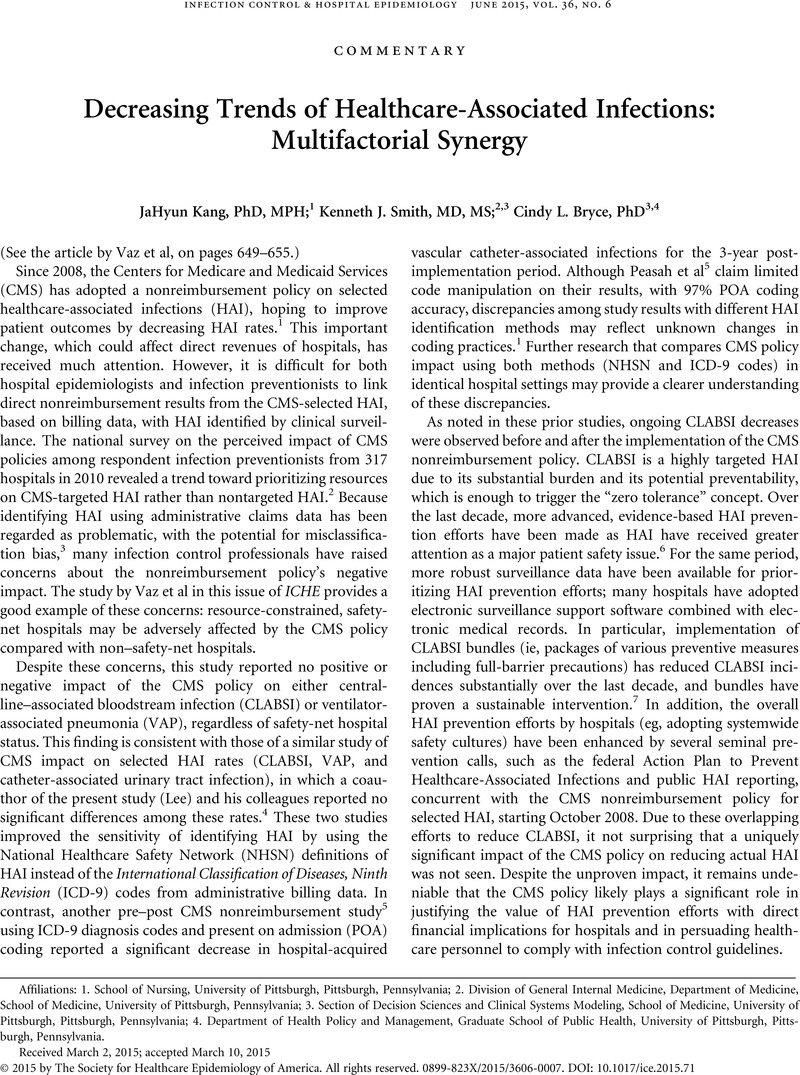Affiliation: Section of Decision Sciences and Clinical Systems Modeling, School of Medicine, University of Pittsburgh, Pittsburgh, Pennsylvania
Department of Health Policy and Management, Graduate School of Public Health, University of Pittsburgh, Pittsburgh, Pennsylvania
